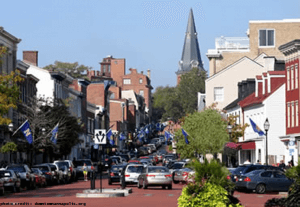
Businesses in Downtown Annapolis face fierce competition from three major shopping malls nearby, so, in 2008, city officials adopted the MainStreets Annapolis Program (MAP) to establish a framework to prevent the exodus of business and help fill vacant historic buildings. Unfortunately, the program was not fully understood and it lacked the proper infrastructure, leadership, and staff needed to make it successful. The plan faded out until 2010, when officials, learning from previous mistakes, re-concentrated efforts to boost business downtown and restarted MAP. Under the reorganized format, the city government plays a key role by providing a small annual budget of $12,500 and staff members in order to create a direct connection with the program.
Much of the program’s success the second time around can be attributed to proper leadership. MAP has a Board of Directors led by President Steve Samaras, VP Veronica Tovey, and Secretary/Treasurer Doug Smith. The committee oversees the implementation of initiatives and makes sure resources are being appropriated properly. In addition to the Board of Directors, leadership provided by Annapolis’ Chief of Historic Preservation, Lisa Craig, has been highly influential since 2010. Her understanding of the historic heritage of Annapolis and relentless commitment to improving downtown has evolved into a role of unofficial executive director for the program and has been paramount to its success.
The MainStreets Annapolis Program, intentionally plural to reflect the five distinct downtown neighborhoods that each have their own personality and business community, relies on over 50 volunteers who are dedicated to improving Annapolis’ future. Volunteers work in groups to plan, promote, and design ways to attract, retain, and expand business in Downtown Annapolis. One way this is accomplished is through educational seminars for businesses that help improve knowledge of marketing, retail strategy, social networking, and other ways to increase clientele. MAP also consists of a ‘Legacy Program’ designed to recognize, promote, and thank businesses that have remained in town for 50 or more years. In addition, MAP adds support to already existing events and programs in Annapolis, such as Restaurant Week and the Fringe Festival, and promotes them as a way to improve business in the downtown neighborhoods.
One example is the annual Tug of War competition held in Eastport each November. The Maritime Republic of Eastport has hosted this popular event since 1999, but MAP’s organization helped increase participation from businesses on the Annapolis side of the creek, so that the neighborhoods are “pulling together” for a good cause. Thirty-three person teams representing the Army and Navy, police and fire department, and other groups from similar industries compete against each other with a special 1700 ft long rope stretched across Spa Creek. As the longest tug of war competition in existence and the only one to take place across a major body of water, this event draws thousands of people and is a great way to enhance business downtown.

Efforts to revitalize Downtown Annapolis are still in their infancy, compared to similar programs around the nation, but have already seen a positive impact on business enhancement, commercial development, and historic preservation. With continued hard work by city officials, program leaders, and volunteers who love Annapolis, MAP’s influence will continue to expand and play a key role in the future of the city for generations to come.

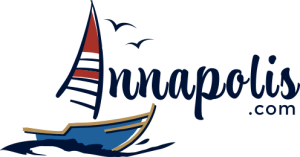
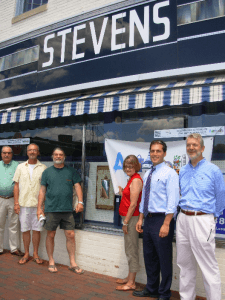
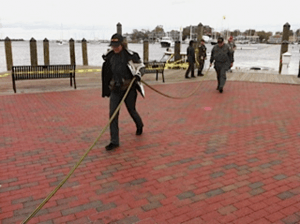
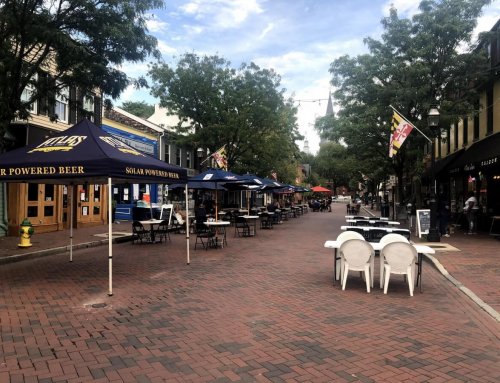
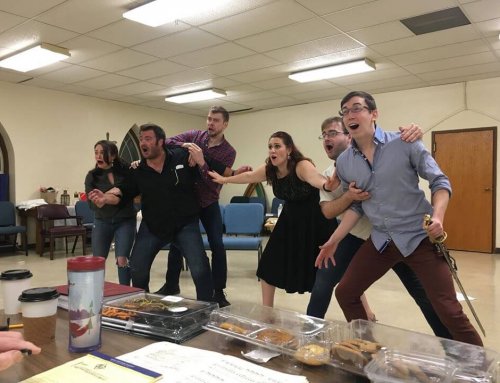
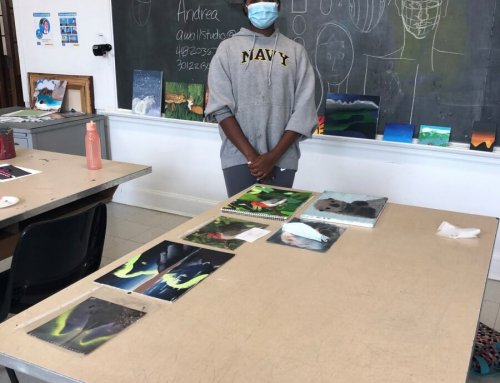
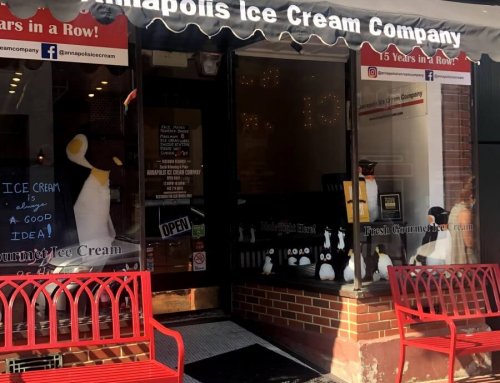
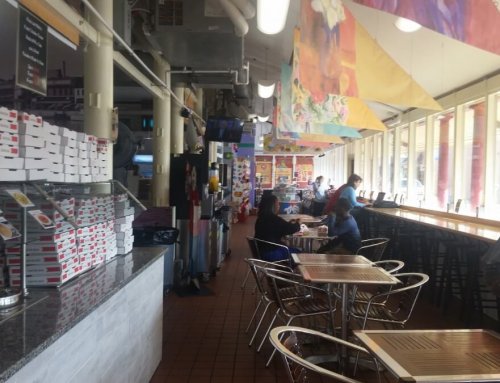
Leave A Comment